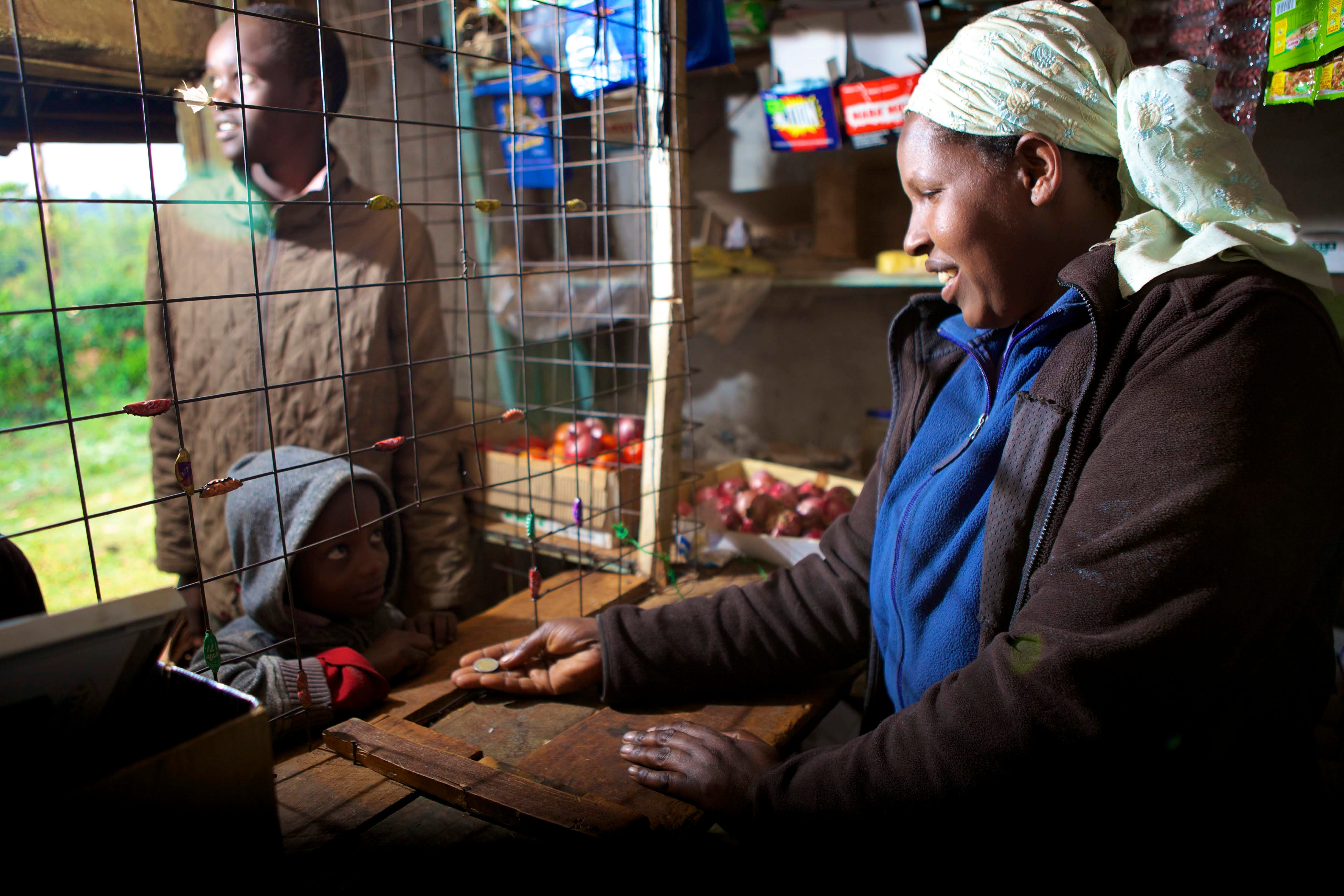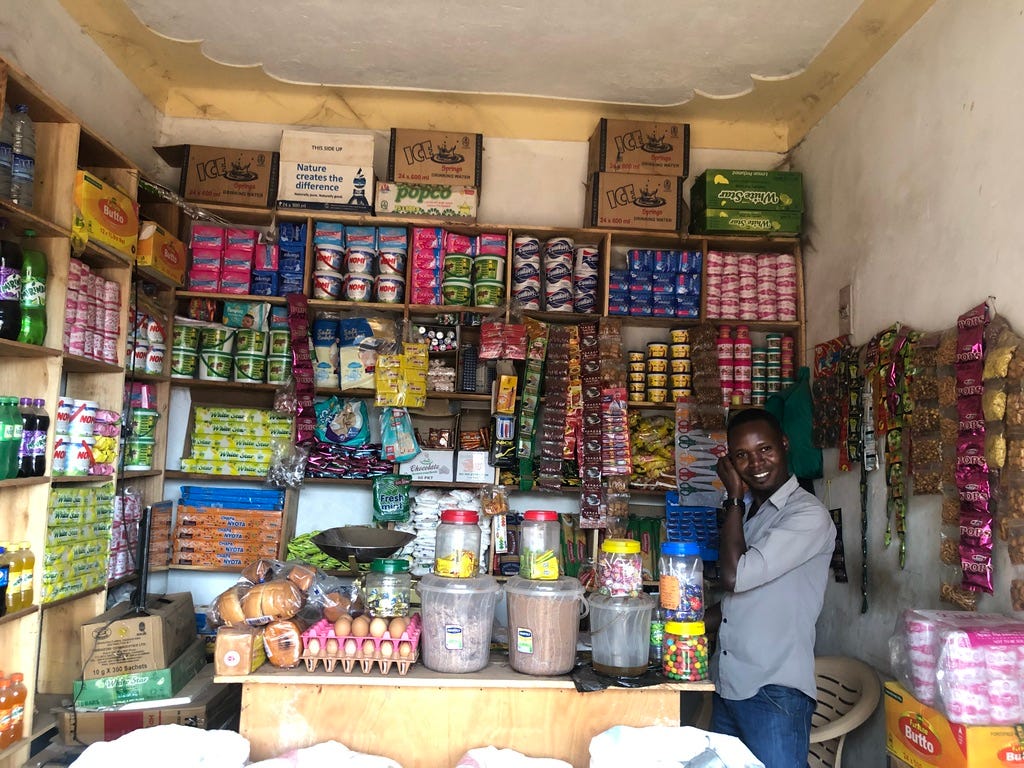How financial institutions can deliver payment flexibility using lessons from PAYGo solar

Technology-enabled pay-as-you-go (PAYGo) has unlocked millions of loans in the off-grid solar sector, and the model is already being extended to a range of other assets: motorcycles, refrigerators, water pumps, micro-irrigation systems, LPG cooking, smartphones, and more. As the PAYGo sector explodes, this blog explores how payment flexibility, a key component of the model, might inform the financial inclusion sector.
By offering a high-value asset with minimal upfront hurdles and flexible repayment schedules, PAYGo operators have been able to deliver financial services to millions of customers who are currently underserved by formal financial services. For these customers, a solar loan or lease is often the first financing they have ever received. They work in the informal economy, live in difficult to reach areas, and often lack the credit histories, official identification and collateral required to access formal finance from a typical bank or microfinance institution.
The FIBR Project, a joint R&D initiative of BFA Global and Mastercard Foundation, has been exploring how digitizing the relationships and transactions of low-income people might create avenues for them into the formal financial sector. This included deploying smartphones and apps to digitize the field operations of micro, small and medium enterprises (MSMEs) and PAYGo solar providers, and implementing new models that leverage data to improve the design of financial services through these channels. For example, through projects in East and West Africa, we have explored how companies redesign offerings and restructure operations to accommodate different repayment behaviors, and under what conditions such repayment model features might be feasible and add value to products deployed through more traditional financial institutions. The FIBR Project has also explored how data can help financial service providers (FSPs) better tailor offerings to the needs of unique customer segments.

Opportunities for financial service providers and fintechs
PAYGo solar clients often say flexibility is the main attraction of the offering, particularly those customers who are afraid to commit to strict repayment schedules, or who live in places where there is a fear of formal finance in general.
Our research in PAYGo found that the vast majority of customers need some level of flexibility, whether in payment amounts or schedules. For example, some PAYGo segments want to pay off the solar product faster than the contracted term. Standard offerings rarely reward these payers, and informal financial channels often don’t allow early repayment so that is an opportunity for improvement. Similarly, adding a few grace days between monthly installments could be workable for most FSPs. As FSPs digitize and employ digital options for disbursement and repayment, there will be new opportunities to automate communication and give clients better tools to plan for and manage their experience with offerings, and relationship with the provider — all of which have proven crucial with the flexible PAYGo model.
Whether a PAYGo solar company, microfinance institution, fintech startup, or traditional bank can design and manage payment flexibility depends on the target customer, product offering, market, regulation, and other factors. For example, PAYGo operators often operate in a grey area from a regulatory standpoint, so regulated financial providers will have less freedom to experiment with repayment terms. While such providers should not aim to emulate the PAYGo offering exactly, experimenting with components of payment flexibility could attract new clients, improve product uptake, and support retention.

Operationalizing flexibility
The key challenge for any enterprise deploying payment flexibility features is how to balance flexibility on the individual end-user side with some level of predictability at the portfolio level. While there is no silver bullet solution, the answer often lies in the tradeoff between flexibility features and disciplining mechanisms.
The simplest way to think about this in a PAYGo-like product is that some people will be on track to complete repayment on time, some will be behind schedule, and some will be ahead of schedule. We have found that early payers require little ongoing communication, tend to pay in large increments, and respond well to incentives for early completion, such as a discount on the total cost. Clients who pay on time often require automated (i.e., SMS) and regular communications from a call center to understand where they stand in repayment, what it will take to stay on track, and allowances for a few non-payment days. Finally, people falling behind tend to need continuous support and visibility into their repayment status, help in planning to set aside cash and organizing the digitization of payments, incentives and behavioral interventions to drive better repayment, and, often, in-person engagement. And in some rare cases, it will require either restructuring of the contract or removal of the product if they are simply no longer able to meet their financial requirements.
Given how complicated payment flexibility is, it will require FSPs and fintechs to add data and analytics capabilities, establish new processes, and sometimes bring on new talent. In addition to core portfolio metrics and reporting, we have found it useful to look at repayment from new angles: how often (and why) a client takes advantage of grace or non-payment days, how far ahead / behind they are versus expected at a specific point in time, their performance versus their peers and prior cohorts. These data insights can help operators predict who will regularly choose to pay in large or small increments, how frequently and for how long they take breaks between payments, their cumulative speed for repayment, and their mode of payment (i.e., using their own mobile wallet, agent’s mobile wallet, or paying cash at a PAYGo branch), and other key factors for portfolio stability.

Introducing flexibility, slowly and deliberately
While each individual product and market will require some customization, financial institutions and fintechs interested in integrating flexibility into their offerings can leverage learnings from the PAYGo sector to accelerate the path to product-market fit.
First, learn from excellent insights and experiences already published in the PAYGo space (BFA Global, CGAP, GOGLA, and IFC’s Lighting Global are a great place to start). Next, interested financial operators should consider flexibility as a set of features that should be designed and tested on a small scale, likely with existing clients, with the right data infrastructure to capture detailed behaviors and insights. We have found that it’s useful to conduct deep qualitative and quantitative research with a diversity of pilot customers to understand how, why, and when they take advantage of flexibility, and then integrate that back into feature changes in additional product pilot iterations.
Finally, readers should follow the development of PAYGo PERFORM, a joint effort by the World Bank, IFC, CGAP, and GOGLA to design a common reporting framework and set of key performance indicators for the PAYGo solar industry that will be useful in thinking about how to track and report on performance in deploying flexible repayment models.
By designing some level of flexibility into product offerings, FSPs and fintechs could make existing products more attractive and may find ways to reach new segments of the market they might not have already reached.



